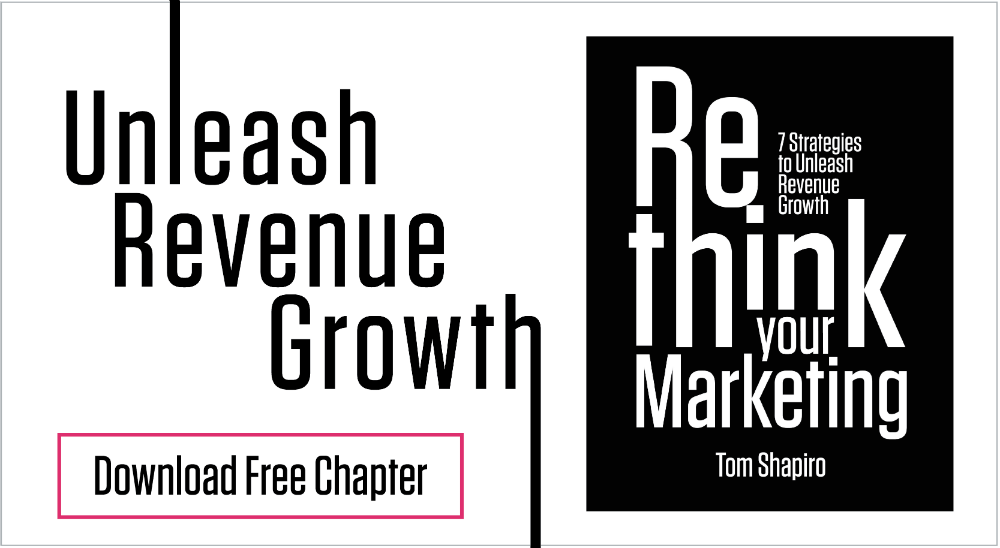The numbers could be rocketing in the “right” direction, but there is only one problem. Revenue is not growing.
That is because you have been sidetracked by red herrings. The “safe” metrics can often be the wrong metrics. You can measure them forever, but they may not reveal what you really want to see – how to unleash massive revenue growth.
For that you have to go back to something that was discovered in ancient Greece – the power of the fulcrum and the lever. Archimedes discovered that if you have a long enough lever and a solid point from which to apply pressure to move something (the fulcrum), you can move mountains.
Uncovering Your Fulcrum and Lever
Your challenge is to examine your marketing program to find the fulcrum and long lever to move your boulders. What key metrics can you leverage to make exponential change?
Identifying Your North Star Metrics
Facebook is a good case of using the fulcrum and lever approach to drive growth. Facebook has continually examined its user behavior in an effort to increase user activity on its platform, identifying what it calls North Star metrics and then focusing its attention on driving growth accordingly.
According to Chamath Palihapitiya, who had been VP of User Growth, Mobile, and International while at Facebook, the company at one time had recognized that many new users would use the platform once, and then never return. In analyzing the data of these types of users and comparing it against those who stuck around and used the site extensively, the Facebook team identified that getting to seven friends in 10 days was the key to greatly increasing user retention and engagement.
Once this epiphany occurred, Facebook focused like a laser on optimizing the onboarding process to guide each new user to the seven-friend milestone. According to Palihapitiya, Facebook reframed the entire onboarding experience, focusing hundreds of team members on this lone metric. As anyone can see with Facebook’s meteoric user growth, the strategy worked exceptionally well.
The key with the fulcrum and lever approach is to identify how you can double or triple your results with the same or less effort. It is not to simply improve results by five or 10%.
To achieve these types of outsized results takes questioning of the numbers. To identify ways to extend your lever for greater power, ask yourself:
- What would happen if you focused exclusively on a given metric?
- What would happen if you completely ignored that metric?
Then also ask yourself:
- What are all the upstream metrics that might play a more important role in the process?
- What are all the downstream metrics that might play a more important role in the process?
Not all metrics are created equal. Not all metrics will extend your lever. Find the ones that produce exceptionally large returns.
Like what you’re reading?
Get the book Rethink Your Marketing for more stories like this one!
Double Down
Here’s something critical to learn from Palihapitiya. Once you’ve found the metrics that make an outsized difference to your bottom line, you should double down. Throw all of your resources at it. Too often, marketers focus on the budget. Yet if focusing on a different metric unleashes accelerated and profitable growth, then the logic of restricting the budget goes out the window.
Do not be afraid to go “all in” when opportunity arises. Too many marketers dabble. Too many marketers tinker. Too many marketers are afraid to pivot, and to do so boldly. Take it as far as you can and allow the growth to fund the additional effort.
Victory goes to the bold.






